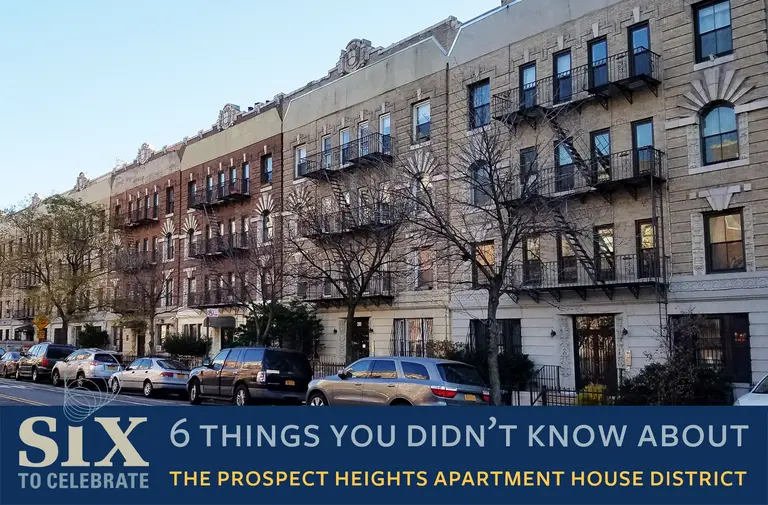How NYC’s 2012 Olympic Village would have transformed the Queens waterfront
Get the full history here

Draft Riots in New York (1863) via NYPL

Turtle Bay and Blackwell’s Island around 1840 at the foot of what now is 49th Street, courtesy the Turtle Bay Association

Photo courtesy of the Prospect Heights Neighborhood Development Council

Courtesy of the Skyscraper Museum

Dr. Benjamin Spock, Dr. King and Monsignor Rice of Pittsburgh march in the Solidarity Day Parade at the United Nations building (April 15, 1967);Photo by Benedict J. Fernadez, courtesy of MCNY

The Thirteenth Street Presbyterian Church in 1902, courtesy of the New-York Historical Society, Robert L. Bracklow Photograph Collection

Image courtesy of NYPL

Photo of the 1931 Beaux Arts Ball courtesy of the Van Alen Institute

Fire Patrol #2 in 2009, via Greenwich Village Society for Historic Preservation Image Archive

Abandoned buildings along the Christopher Street Pier. Ca. 1974. © Jack Dowling Collection for GVSHP.

A crowd in Times Square; screenshot via TheLazyCowOnUTube

Photo via Wiki Commons

Crossing the East River on the ice bridge (1871) via NYPL

Photo by Jumpy via Wikimedia Commons

Zoom of the 1852 Dripps map of Manhattan, showing the proximity of downtown cemeteries, via David Rumsey Map Collection